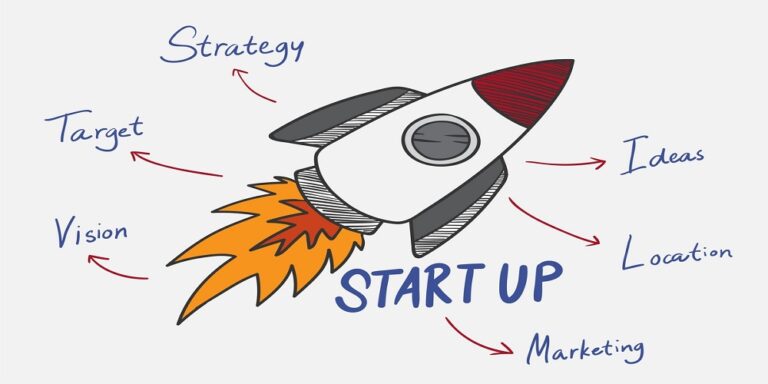6 Facts Entrepreneurs Should Know About Running an Employee Training Course
Image Source: https://unsplash.com/photos/gMsnXqILjp4
When people begin a business venture they often have a lot of decisions to make. They may wonder whether it’s good or bad to buy followers on social media, or whether outsourcing or automation should be considered. As an entrepreneur, you should know that one thing’s essential for the success of your business – and that’s staff training. But what do you need to know about running an employee training course? Here are 6 facts that will help you make the most of your training program.
- Training Is Important
Employee training helps to ensure that your employees have the skills and knowledge they need to do their jobs properly. This can help to improve job performance and productivity. Additionally, training can help to reduce the likelihood of errors and workplace accidents.
Also, employee training can help to improve morale and job satisfaction by giving employees a chance to learn new skills and improve their knowledge. When employees feel like they’re constantly learning and growing, they’re more likely to be happy and engaged in their work. They’ll also be more optimistic about things like promotions and job progression. As a result, employee training courses can help to reduce staff turnover.
- You May Benefit From Outside Help
If you’re thinking of running an employee training course, it’s worth getting outside help. There are plenty of professional trainers out there who can help you develop and deliver a course that’s tailored to your business. They’ll use their expertise and experience to provide guidance on how you can get the most out of the training. It’s worth going online and checking out consultants and professional companies who specialize in the relevant subject.
It may be that you’re planning to conduct the FMCSA Clearinghouse Training for Employers course to help your staff understand every aspect of the Clearinghouse process. In terms of delivering FMCSA training courses, attorneys with training experience can help you research, develop and deploy custom training content. Your staff can also earn certificates with these companies’ approved training courses in risk, regulatory and compliance fields.
- There Are Different Types of Training Courses
Formal training is typically given by an outside organization or company, and it covers the basics of a particular skill or subject. The second type is on-the-job training. This is provided by the employer, and it covers specific tasks or duties that the staff member will need to perform on the job. The third type is known as informal training. This is typically provided by co-workers or other employees, and it covers the informal, day-to-day aspects of the job. You should also consider online training courses, which can be produced by yourself or an external agency.
Each type of training course has its own benefits and drawbacks. Formal training can be expensive and time-consuming, but it provides employees with a solid foundation in the skill or subject. On-the-job training is less expensive and can be done more quickly, but it may not cover all of the necessary skills or knowledge. Informal training can be done at the employee’s own pace, but it may not be as comprehensive as the previous options. Online training can be completed whenever there’s time and resources for it, and related software can help identify knowledge gaps and training needs. At the end of the day, entrepreneurs should carefully consider which type of training course is right for their business.
Image Source: https://unsplash.com/photos/Oalh2MojUuk
- The Courses Need To Be High Quality
It’s crucial that the course is relevant to the needs of the employees. The content should be related to their work and be designed to help them improve their skills and knowledge. Also, the trainer should be someone who’s knowledgeable and experienced on the course’s subject matter. They should be able to engage the employees and keep their attention from start to finish.
The training course should be interactive and allow for employee involvement. Staff should be given opportunities to ask questions, get into groups and participate in activities. This will help them learn more effectively and retain more information from the course. They’ll also have the chance to put their training into practice.
- You Need To Be Aware Of The Costs
Employee training courses can be costly in terms of time and money, although they’re usually worth it in the long term. Fortunately, there are many ways to save money on courses. One way is to use free or low-cost online resources. Another option is to use in-house trainers rather than external companies. If your business has employees who are experts in the subject matter of the course, they can often provide training at a lower cost than outside trainers.
Finally, you can look for discounts on employee training courses. Many agencies offer price reductions on courses if you purchase them in bulk.
- You Need To Follow Up Afterward
In order to get the most from your training, it’s essential to follow up with your employees after they’ve completed the course. This can be done through surveys or interviews. This will help to ensure that your staff has learned what they need and that they’re applying it to their work (you may also need to perform some work audits to double-check this).
By providing questionnaires you can learn from your mistakes and improve your future training courses. For instance, you may discover that the trainer was a poor communicator or disorganized, or that parts of the course content were unclear or unnecessary. Perhaps the training days were too long or there wasn’t enough time to try things out. Your staff may also be able to identify future training courses that would benefit both them and your company.
These 6 facts can help you create a top-quality course for your staff. It’ll involve the right trainers and material, and be delivered in the most suitable way. You’ll stay within budget and get the most for your money, seeking feedback once it’s all over. By keeping these suggestions in mind, you’ll be well on your way to running a successful employee training course.







